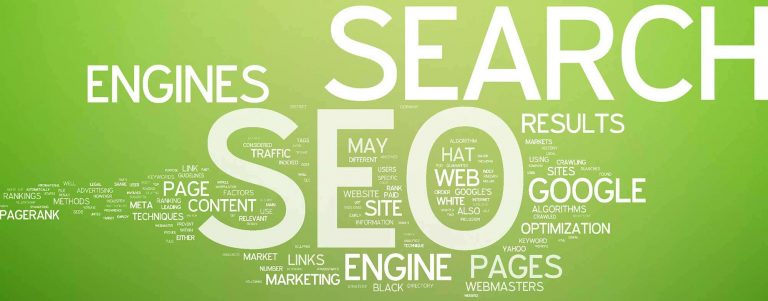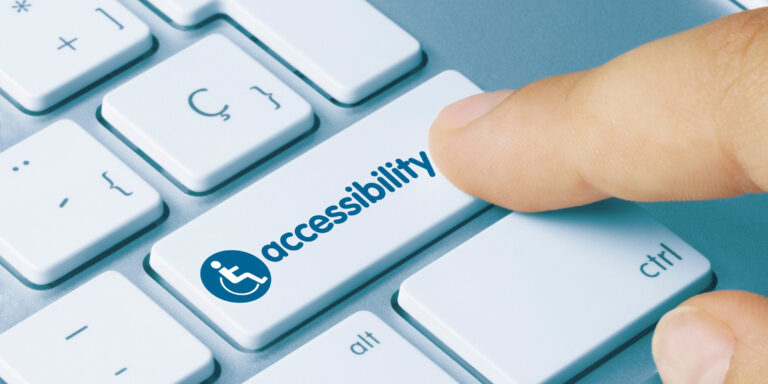Web Design 101: A Beginner’s Guide
Introduction to Web Design
Welcome to the exciting world of www and an introduction to web design! Regardless of whether you’re venturing into this field for the first time or hoping to brush up your skills, this comprehensive guide will take you through all the essentials you need to know.
What is Web Design?
Web design is a creative process of planning, conceptualising, and arranging content intended for the internet. Modern web design goes beyond the aesthetics, encompassing functionality, user experience and search engine optimisation (SEO).
Understanding the Importance of Web Design
A well-crafted website is more than just a virtual storefront. It’s an essential tool that helps establish your brand’s credibility, improve customer trust, and foster an intuitive and enjoyable user experience. A captivating web design can engage users, promote your content, and ultimately drive business growth.
Components of Web Design: A Closer Look
Web design encompasses several components, each with its own role and importance in creating a cohesive, functional website.
Visual Design
Visual design is the art of choosing the right design principles to improve the aesthetic appeal of the site and enhance the user experience. This involves aspects like colour scheme, layout, and typography.
User Experience (UX) Design
UX Design focuses on ensuring a seamless and positive experience for users when they interact with your website. This includes creating a logical flow, easy navigation, and a layout that anticipates and accommodates user needs.
User Interface (UI) Design
UI Design is about creating an intuitive and engaging interface for users. It involves designing interactive elements such as buttons, icons, and sliders that help users interact with the website.
Responsive Design
With the advent of smartphones and tablets, it’s essential for a website to look good and function well on all devices. Responsive design ensures that your site adjusts its layout based on the device’s screen size.
SEO-Friendly Design
Search engines are a major source of traffic for most websites. Hence, it’s crucial that your website is designed with SEO in mind. This includes practices like using relevant keywords, optimising page load speed, and ensuring easy navigation.
Getting Started with Web Design: Tools and Skills
Starting your journey into web design requires a mix of the right tools and skills. Here’s what you need to get started:
Essential Web Design Tools
Here are some commonly used web design tools:
- Adobe Photoshop and Illustrator: For creating and editing visual design elements.
- WordPress: A platform for building and managing websites.
- Google Analytics: A tool for understanding website performance.
Vital Web Design Skills
Mastering web design involves understanding some key areas:
- HTML/CSS: The foundational languages of web design.
- Graphic Design: For creating visually engaging layouts.
- UX/UI Design: To enhance the way users interact with your website.
- SEO Knowledge: To optimise your website for search engines.
- Responsiveness: To ensure your website adapts to various devices.
Web Design Best Practices
There are a few key principles that underpin effective web design. Here are some of the most important:
- User-Centricity: Always prioritise the needs and expectations of your users.
- Simplicity: Keep your designs clean, clear, and focused.
- Consistency: Maintain consistent styling across your website.
- Responsiveness: Ensure your website is mobile-friendly.
- Speed: Optimise your site to load quickly.
- Accessibility: Design your site to be inclusive for all users.
The Future of Web Design
The world of web design is constantly evolving, driven by technological innovations and changing user expectations. Keep an eye on emerging trends, from AI and VR to micro-interactions and dark mode, to stay ahead of the curve.
Conclusion
Stepping into the realm of web design may seem daunting at first, but with the right knowledge, tools, and skills, it’s a journey well worth undertaking. Remember, a well-crafted website can be a game-changer for any business, so use the principles and tips shared in this guide to create engaging, user-friendly, and SEO-optimised designs as a nice introduction to Web Design.
If you are ready to revolutionise your online presence, with cutting-edge design, intuitive functionality, and a focus on conversion optimisation, our team is eager to help you build a website that not only meets your needs but exceeds your expectations.
Maybe you’re a start-up in need of a strong digital footprint. Perhaps you’re an established company looking for a website refresh. Or you could be an e-commerce brand wanting to boost sales and customer engagement. Whatever your situation, we’re ready to roll up our sleeves and get to work.
Why should you choose h2o digital?
We’ve helped hundreds of businesses thrive online with websites that are:
- User-friendly: We design websites that are easy to navigate, ensuring your customers can find what they’re looking for quickly and easily.
- Mobile responsive: With more and more people browsing on mobile devices, we ensure your website looks great and works well, no matter the device.
- SEO optimised: We build sites that are optimised for search engines, helping your business get found by the right people at the right time.
- Highly customised: We never use one-size-fits-all solutions. We take the time to understand your unique needs and tailor a website that truly reflects your brand.
- Future proof: We build with the future in mind, using flexible and scalable technologies that can grow with your business.
Don’t let your business get left behind in the digital age. Contact us today for a free, no-obligation chat about how we can help bring your vision to life. It’s time to create a website that truly represents your brand, engages your audience, and drives your business forward.
Your online success starts here. Reach out now and let’s turn your digital dreams into reality.






